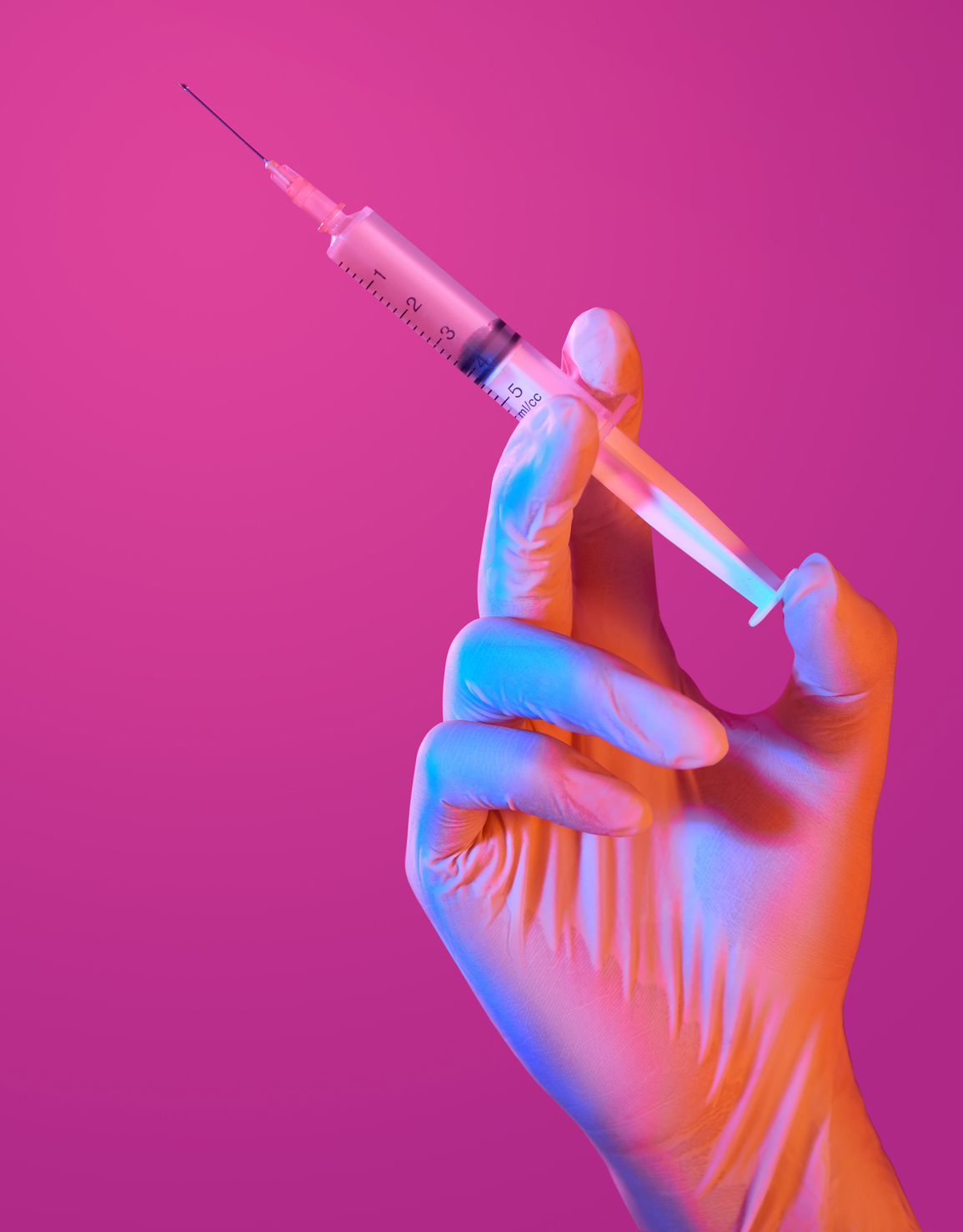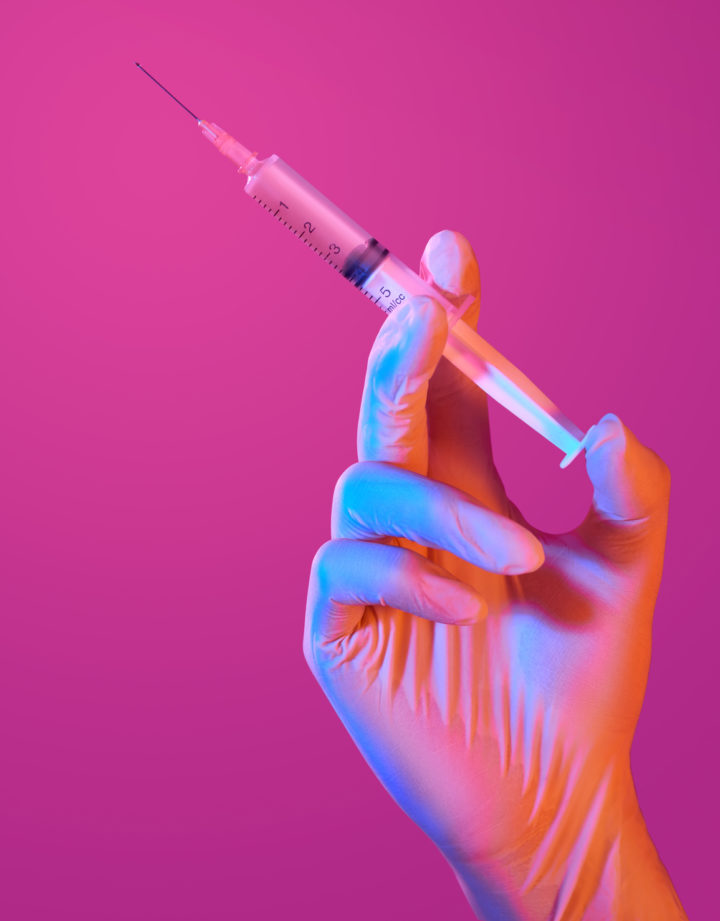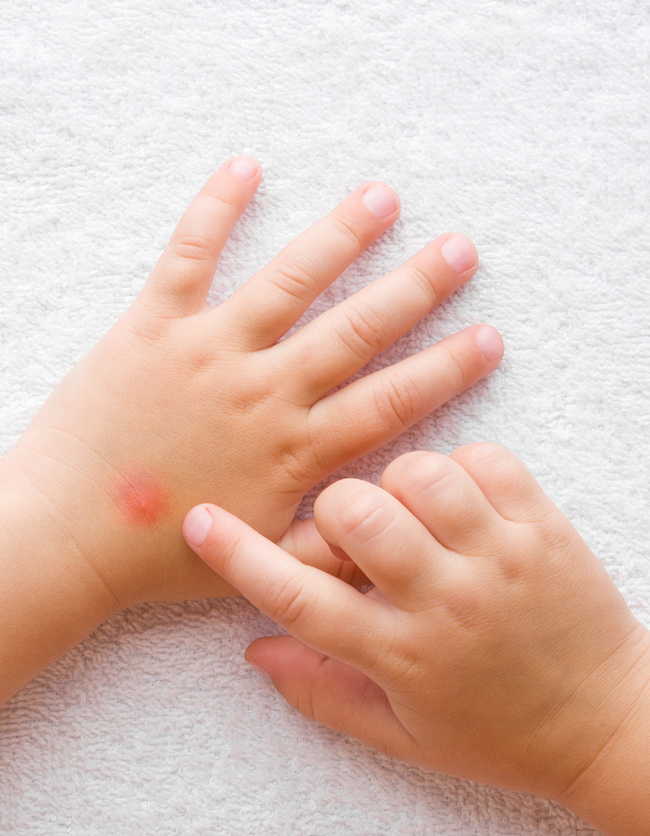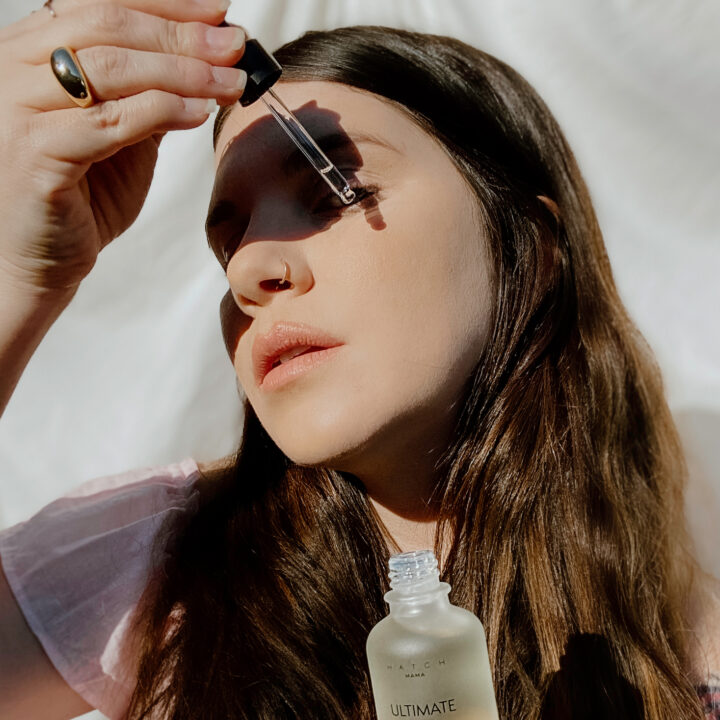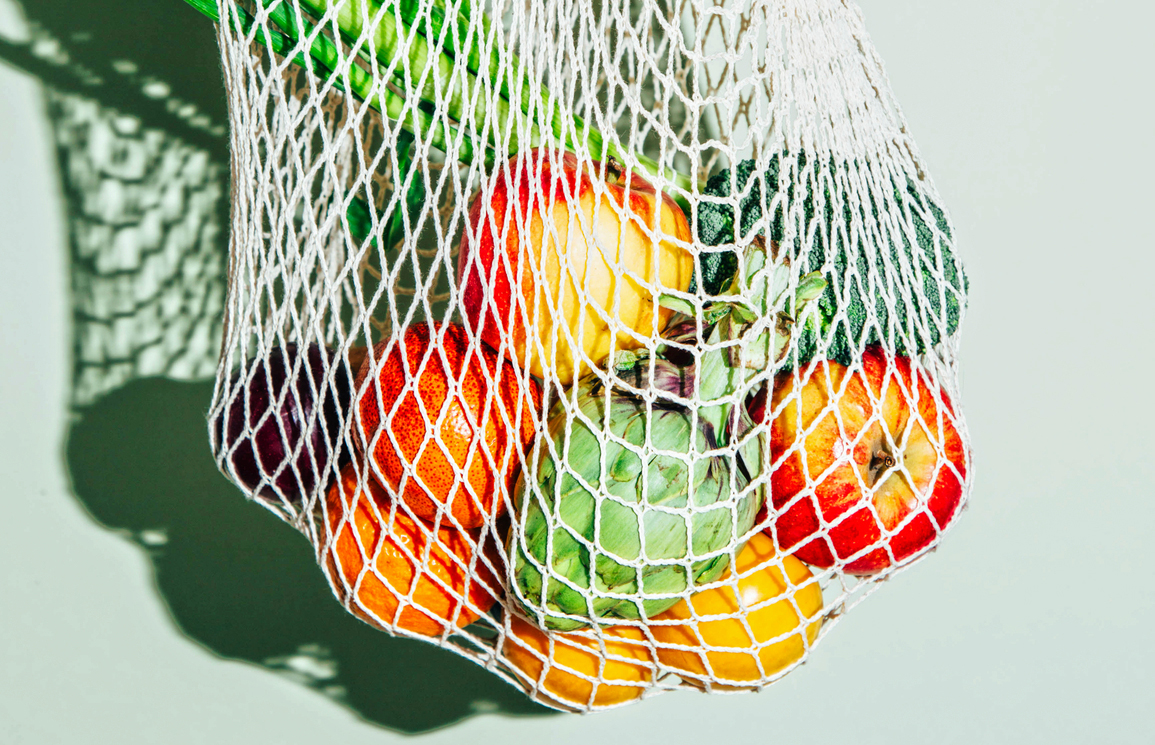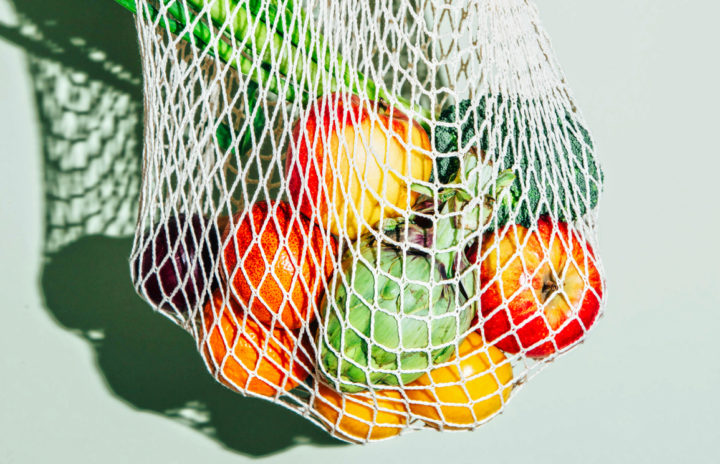Since launch, we have proudly called the amazing team over at Bobbie our friends. The mom-founded and led, mission-driven organic formula company has, from inception, been evolving the conversation around feeding across all journeys, and in their latest efforts, makes this message even larger and wider.
RELATED: Nine Ways Bobbie is Changing the Infant Formula Game
Bobbie, in collaboration with Naomi Osaka, a new mother and esteemed member of the Bobbie Motherboard, is spearheading a groundbreaking initiative to address the glaring lack of paid federal leave in the United States. With an overwhelming 84% of Americans in favor of paid leave, juxtaposed against the stark reality that 73% of the population does not have access to such benefits, the urgency for transformative change is palpable. This initiative, rooted in partnership with influential nonprofit organizations such as Paid Leave for All, Chamber of Mothers, and Moms First, aims to galvanize public and political support for the enactment of paid leave in 2024, thereby aligning with the collective aspirations of American families for a more supportive and inclusive society.
In an effort to bridge the gap until comprehensive federal legislation is realized, Bobbie, alongside Osaka, launched the N.O. Support Grant. This innovative program asks applicants to share their stories of parental leave and pledges to provide 50 grants to 50 families, offering a tangible lifeline to new parents needing immediate support. Each grant, amounting to $580, mimics the proposed minimum monthly benefit under the Family and Medical Leave Act, which would provide 12 weeks of paid leave, job protection, and a foundational step towards financial stability for families nationwide if passed. This initiative not only underscores the acute need for systemic reform but also showcases the power of collective action and advocacy in catalyzing meaningful progress.
There was an overwhelming response to the Grant opportunity, which motivated over 10,000 people to tell their stories of leave in depth. Each story was unique, powerful, and had the same main thesis: American parents need help; and they need help now.
RELATED: What Is Combination Feeding??
As we delve deeper into the narratives of three women eager to share their personal journeys, we aim to amplify the voices of those directly impacted by the current inadequacies in federal leave policies. Their stories serve as a poignant testament to the resilience of families across the country and a rallying cry for the urgent implementation of paid leave for all. Through this campaign and the collaborative efforts of our partners, we are committed to ensuring that 2024 marks a pivotal year in the pursuit of equitable support for parents, championing a movement that promises a brighter, more inclusive future for all American families. The following accounts are real stories of real grant recipients, offering firsthand insight into the challenges and triumphs of navigating the complexities of parental leave in America.
Carley Sullivan

Tell Us Your Leave Story
I am a teacher in a suburb of Dallas, Texas. We are not given any paid days allocated specifically for maternity leave. We are required to use our sick days. I had accumulated enough sick days over the last three years to be out on maternity leave for seven weeks but did not want to use them all in case my son was sick at any point in the year; a family emergency occurred, etc. I returned to work after being home with him for six weeks.
I did not feel ready to go back to work. I was still experiencing bleeding and was continuing to recover physically after my delivery. I also did not feel like that amount of time was sufficient to bond with my son and develop the routines necessary for him to be on a consistent schedule.
One of the biggest challenges I faced when returning to work was maintaining my milk supply to continue breastfeeding my little boy. Prior to returning to school, I was pumping three to four ounces per pumping session. Once I went back to work, my supply began to decrease to the point that I was only pumping one to two ounces. A teacher’s daily schedule is incredibly demanding and does not allow a new mother to pump every two to three hours as is necessary to maintain a sufficient supply. Because of this, I discontinued breastfeeding when my son was three months old.
What can $580 do for your family this month?
$580 would benefit my family greatly this month. We receive hospital bills frequently since the birth of our son, and these additional expenses have created a struggle financially. In addition, since I stopped breastfeeding we are spending a significant portion of our monthly budget to purchase formula. This $580 would truly be a blessing to us!
Batouly Camara

Tell Us Your Leave Story
Thank you for the opportunity to share my story! I played college basketball at UCONN, which is how I saw the ad. I am currently a second-year PhD student at UMass Amherst. I left under the impression that I had received paid leave, but I did not. I have not received any financial income since the semester ended in the Spring of 2023. I was under the impression that I would receive paid leave as a research assistant, as well as a grad student. I attend the University of Massachusetts, Amherst, but I live in Connecticut. I used to drive four hours to school three days a week because I love school and I deeply love my education. I am studying sports management with a focus on sports development for girls in West Africa. I have a nonprofit called Women and Kids Impairment, where we provide education, infrastructure, and support to young girls and GYNs in West Africa and New York City. I started this back in college and am now in school so we can open up the first girls’ boarding school, where we already have the land and a few financial commitments. That said, as I mentioned, I was under the impression that I would receive paid leave, and I did not; I’m so thankful that I gave birth to a baby girl in the first week of November, and I’m not returning to school until September 2024. This is almost over a year, and it’s been really tough to handle. I think this could be super beneficial for me and my family.
What can $580 do for your family this month?
This will first allow me to pay my phone bill and also allow us to get some diapers. It’s been amazing how a lot of people gave gifts, but [my daughter is] quickly growing [out of what we were given]. This would also help with little things as I also take care of my mom and younger sister. It would allow me to get more groceries for the month, which is always very helpful. I do not receive any government support, so this will be extremely beneficial.
Amy Loehrs
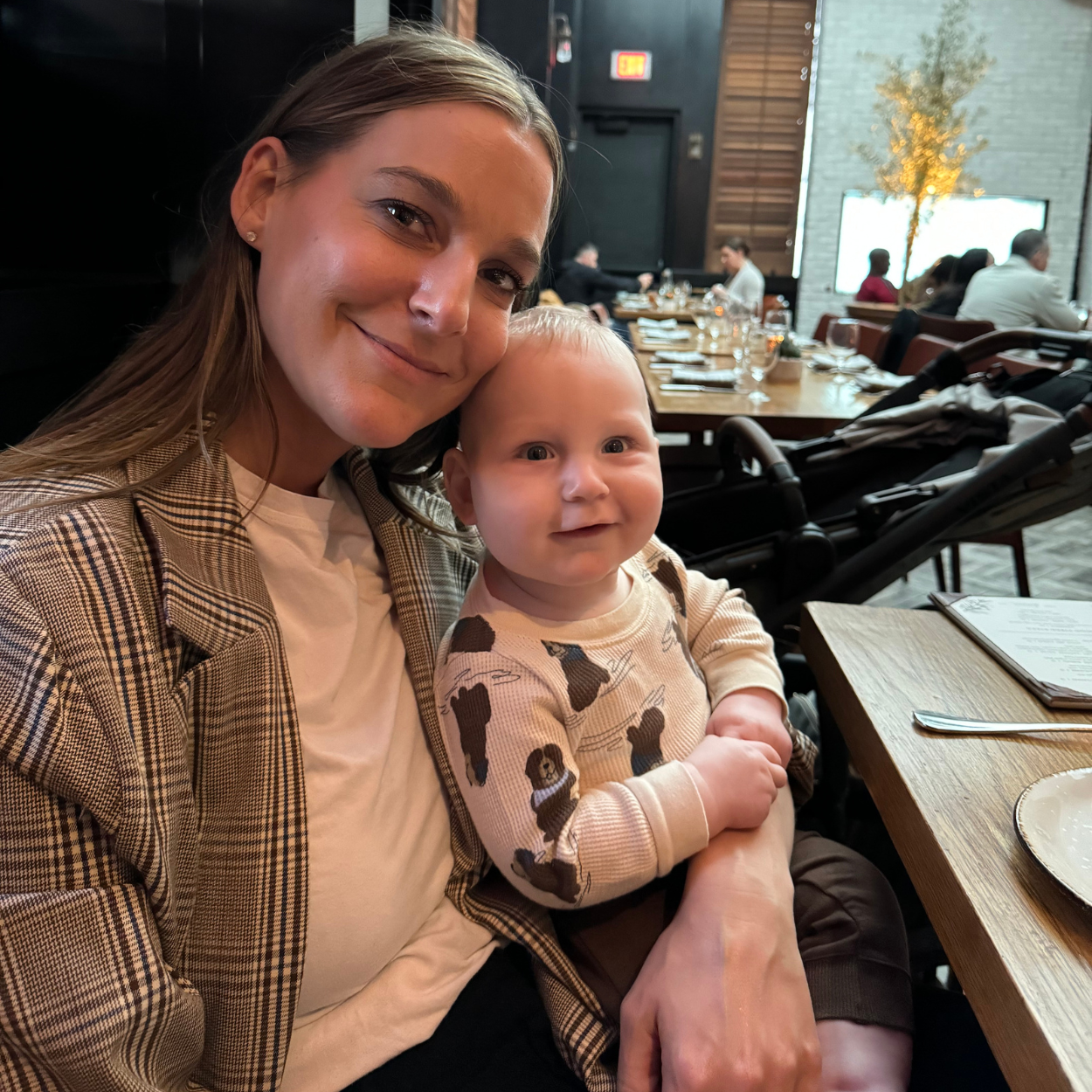
Tell Us Your Leave Story
My son came a month early, so I was still not ready financially. We are both servers in restaurants, so there’s no way to work from home or anything like that. I have to show up and hustle to make money. My water broke at work! While my job was great at accommodating and supporting me through my whole journey, there was no paid leave. Well wishes don’t pay my rent, unfortunately. I stayed home to care for my son for almost my whole 12 weeks of leave but returned when I ran out of my savings. I only work half of what I used to (by choice), so it’s even harder now. In addition to the struggle of not being with him all the time, breastfeeding is hard to do while away, and our supplemental formula is expensive and often sold out. If I had paid federal leave, I would have been able to be more present at home and worry solely about taking care of my baby.
What can $580 do for your family this month?
This money could restock our formula supply and help us begin to pay our hospital bills.
Tiana Adams

Tell us Your Leave Story
I am recently pregnant with twins after a three-year journey with IVF due to infertility from diagnosed endometriosis. Earlier this year, I had to have my tubes removed due to an infection that was left untreated by a prior doctor. This was my third round of IVF; the first resulted in a chemical pregnancy, and now I have finally been blessed with these miracles. I am currently employed full-time for a nonprofit organization in the education field, and as mentioned, there is no maternity leave. None of the policies even reference the word maternity in them at all. So when I take leave, I will have to use FMLA, and it will be unpaid.
What can $580 do for your family this month?
$580 would help pay for the many bills I have accumulated out of pocket because many IVF charges or meds are not covered by insurance. I also have been saving more to prepare for the weeks I will go unpaid at the end of the year. There is also a chance due to my age, I am told to be on bed rest with multiple pregnancies, and my job is not remote; I am required to be onsite, and therefore I may have to take leave sooner. $580 would be a blessing to my family as we are growing. Thank you.Visit parentspushharder.com to learn more and sign the petition.




